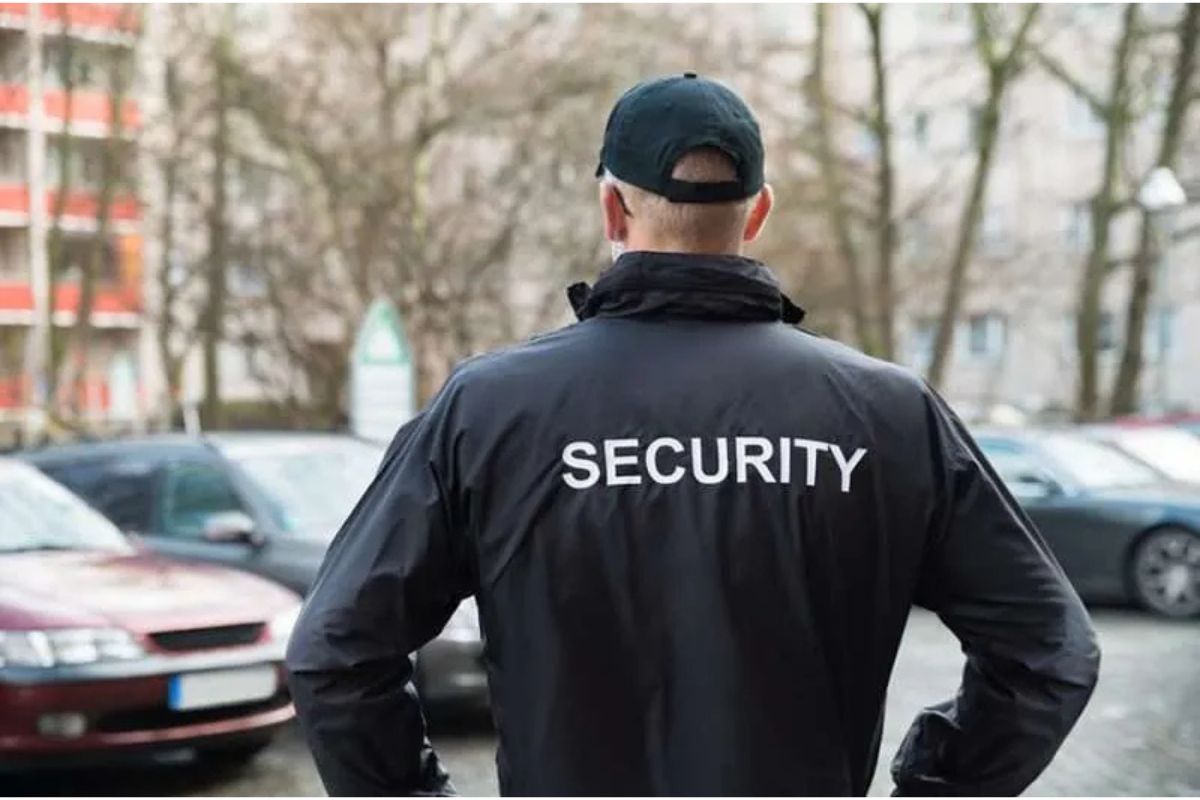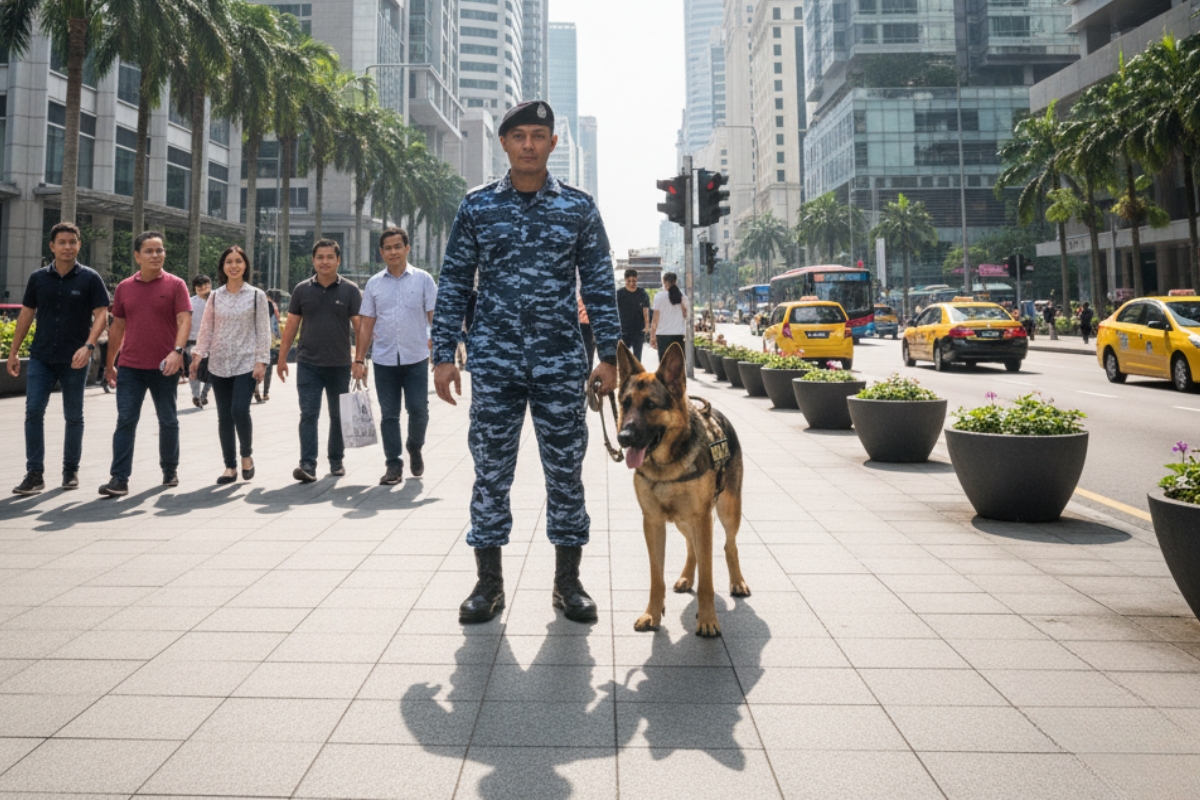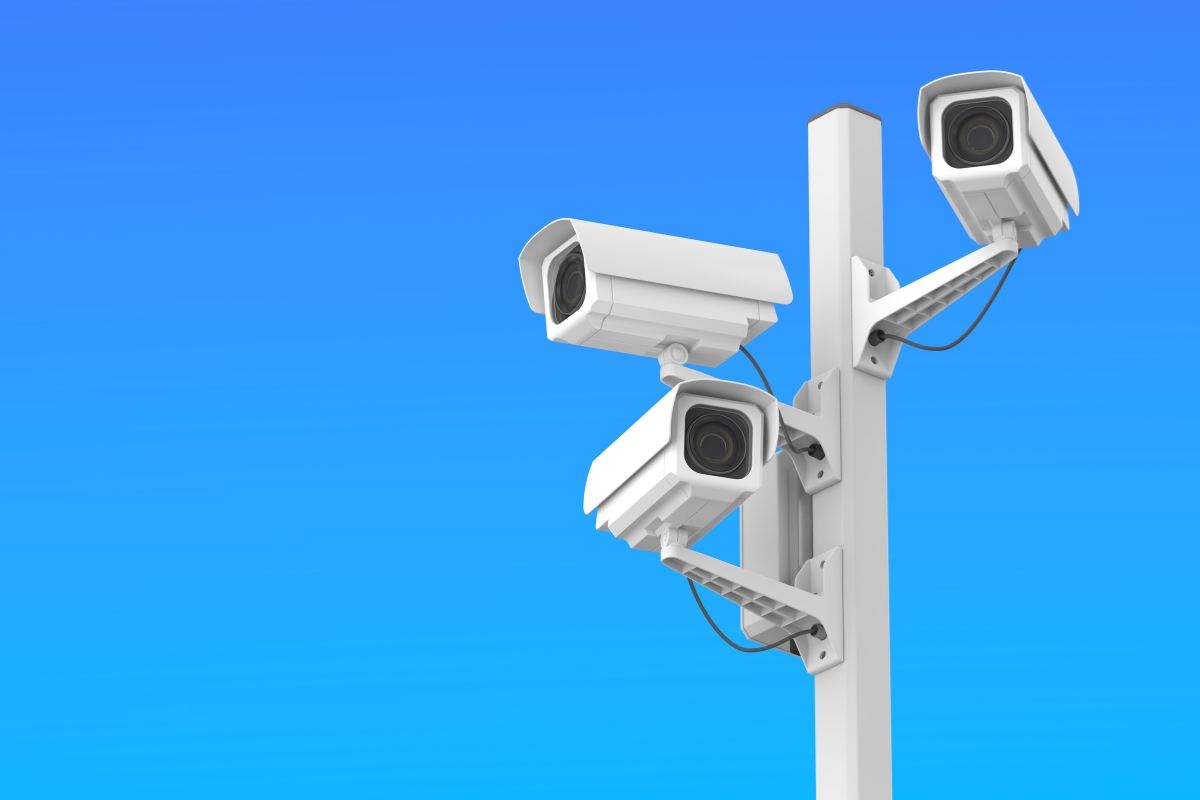In this context, security service holders are also very helpful in providing protection and safeguarding of organizations’ resources both tangible and intangible. Current situations and global integration can clearly illustrate that it is not unique that businesses can have different types of threats – from physical to IT-related ones. The need for proper security requirements cannot be overemphasized since they are critical success factors, which make it possible to offer standard services that help organizations achieve their goals, retain customers, protect their privacy, and safeguard their investments.
Physical Security Measures
It has been established that one of the major responsibilities of security services is to address physical security. This includes sealing points of entry, guarding the facilities, and making sure that intruders do not gain access. These measures make it difficult for thieves, vandals, and trigger-happy persons to harm themselves and the people around them. The number of security persons hired discourages would-be threats while simultaneously making the workplace secure for the employees and the end consumers.
Cybersecurity Services
Cybersecurity has escalated to the same realm as the digital change that is sweeping across the world today. IT security service providers are responsible for safeguarding an organization’s information systems and information from cyber risks such as hacking, phishing, and ransomware among others. Control of firewalls, encryptions, and proper security audits guarantees the nonexposure of any important data thereby dealing with the adverse effect of leakages which may cause financial and reputational problems.
Access Control Systems
Security services always involve the use of access control systems. These systems control personnel access and control in an organization by determining who should or should not access certain areas of an organization. This way, the personnel’s circulation is regulated, and unauthorized access to sensitive zones is prevented with its help through the use of a keycard, biometrics, or PIN. This amount of control is very important in the way that it can determine who can access certain areas or not to try and maintain security.
Emergency Response and Crisis Management
Another role of security services is in cases of emergencies as well as in managing crises. In disaster management, fire emergencies, and other disasters, that may happen in the institution, security staff has to be prepared to act appropriately. They also arrange for evacuations and coordinate their actions with the emergency service as well as offering the necessary first aid. This makes it possible for organizations to reduce the effects that arise from emergencies to sustain their business.
Surveillance and Monitoring
Surveillance is the other component of security services that are offered by both independent and contracted security companies. This means that by using such measures as CCTV cameras and motion sensors, security personnel will be in a position to monitor activities as they take place. This assists in identifying the abnormality on time, and dealing with incidences of insecurity before they get out of hand. It also helps the investigation process and possible criminal prosecution in the occurrence of an incident.
Risk Assessment and Security Audits
Investigations are carried out frequently to appraise certain risks that may exist in an organization’s protective structure. It also brings out issues of concern and aspects that need to be worked on hence the implementation of preventive measures by the security teams. Ongoing audits help make sure that security policies are adopted, are current, and are in compliance with the best practices in the market, and this reduces incidences of break-ins.
Security Training and Awareness Programs
Security services may go beyond the protection of physical and cyber assets and include training and educational sessions for an organization’s staff. Such measures can be as information sharing on possible security threats and measures to be taken in case of an attack such as hacking, or terrorism among others. The best way to lower the possibilities for human error with security is to create a culture of security in the organizations. Training that is carried out frequently in this area also enriches the understanding of employees on how to manage passwords, prevent phishing, and exercise emergency response mechanisms so they can enhance their input to the organization’s security framework in the future.
Working in compliance with legal and regulatory requirements
Organizations performing security services should be in a position to guarantee organizations of legal and regulatory compliance. Legal requirements should not be dismissed as compliance serves the purpose of ensuring the organization retains its operating licenses, stays out of penalties, and shields the organization’s reputation. This includes compliance with data protection laws, industry requirements on security, and occupational health and safety measures among others. Getting the security audits conducted and adopting procedures that correspond to legal recommendations guarantee that security standards are proper and efficient. Non-compliance with these standards could lead to legal ramifications, revenues being lost and business reputation tarnished.
Conclusion
Security services are an important part of modern organizations and they deal with the protection of the organization both physically and virtually. Be it protection of physical properties and facilities or personnel entry and exit addressing emergencies or mitigation of cyber threats, security services contribute hugely to organizational performance. Combined Risk management surveillance and continual improvement of security services contribute towards ensuring the creation of a safer environment for all.












